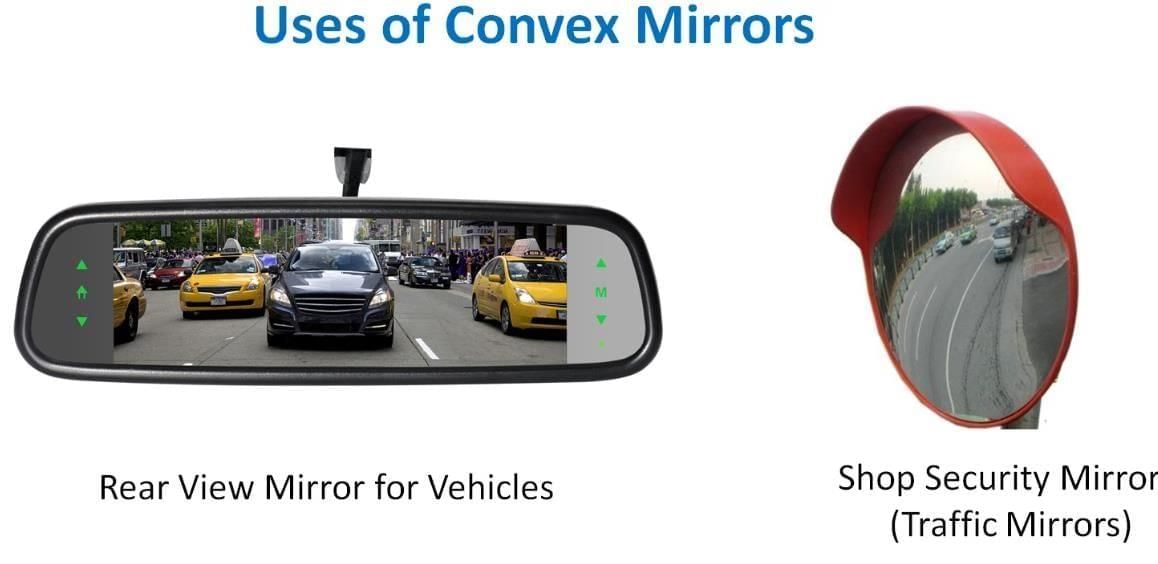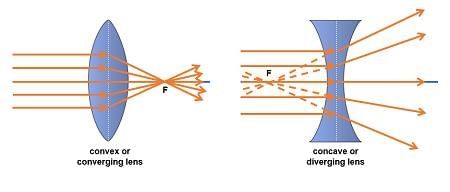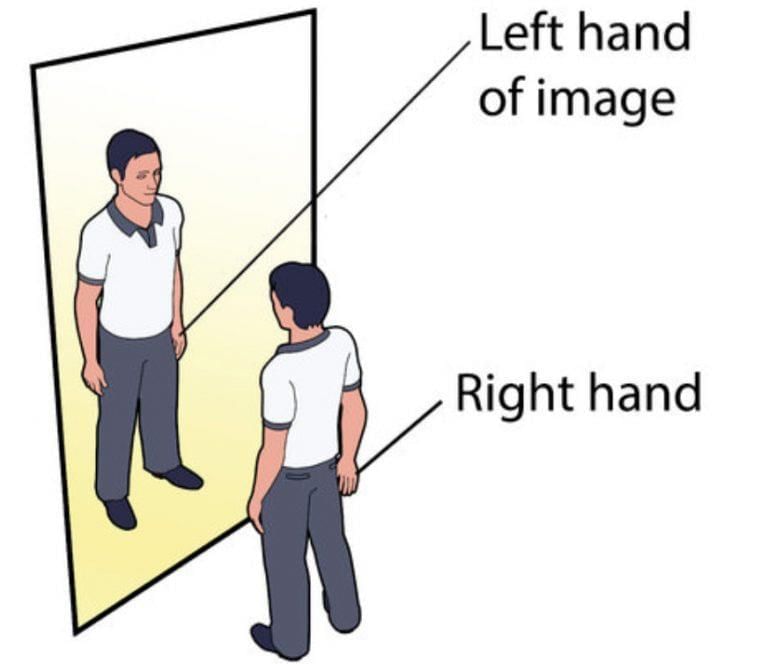Worksheet: Light: Mirrors and Lenses | Worksheets with Solutions for Class 8 PDF Download
| Table of contents |

|
| Multiple Choice Questions (MCQs) |

|
| Fill in the Blanks |

|
| Very Short Answer Questions |

|
| Short Answer Questions |

|
| Match the Following |

|
Multiple Choice Questions (MCQs)
Instruction: Select the correct option for each question.
Q1. Which mirror makes objects appear smaller but gives a wider field of view? a) Plane mirror
a) Plane mirror
b) Concave mirror
c) Convex mirror
d) Two-way mirror
Q2. Looking at the inner (curved inward) side of a shiny spoon, your face appears:
a) Erect and diminished
b) Inverted (upside down)
c) Erect and same size
d) Erect and magnified at all distances
Q3. The warning “Objects in mirror are closer than they appear” is written because a convex mirror:
a) Inverts images
b) Forms enlarged images
c) Forms diminished images
d) Does not follow reflection laws
Q4. Which statement about a concave mirror is correct?
a) Always forms erect images
b) Always forms diminished images
c) Can form enlarged erect images when object is close
d) Never focuses light
Q5. First law of reflection states:
a) i + r = 90°
b) i = r
c) i > r
d) i < r
Fill in the Blanks
Instruction: Fill in the blanks with the correct word based on the chapter.
Q1. A concave mirror can form an __________ image when the object is very close.
Q2. A convex mirror always forms an __________ and __________ image.
Q3. A convex lens is thicker at the __________ than at the edges.
Q4. A concave lens is a __________ lens because it spreads light rays apart.
Q5. The human eye contains a __________ lens that changes shape to focus.

Very Short Answer Questions
Instruction: Answer the following questions in one line.
Q1. Why do vehicle side-view mirrors use convex mirrors?
Q2. What is lateral inversion?
Q3. State the two laws of reflection in words.
Q4. Which mirror can focus sunlight onto paper?
Q5. Which lens always gives an erect and diminished image?
 Lateral InversionQ.6. What is angle of incidence?
Lateral InversionQ.6. What is angle of incidence?
Q.7. What is an 'incident ray'?
Short Answer Questions
Instruction: Answer the following questions in 2–3 lines.
Q1. How does a concave mirror’s image change as the object moves away?
Q2. Why do convex mirrors make objects seem farther away?
Q3. Explain why a convex lens can burn paper but a concave lens cannot.
Q4. How do we know the laws of reflection apply to spherical mirrors?
Q5. What images do concave and convex lenses form at various distances?
Q.6. A ray of light is incident on a plane mirror at an angle of 40°. What is the angle of reflection?
Match the Following
Instruction: Match Column A with the correct option in Column B.
FAQs on Worksheet: Light: Mirrors and Lenses - Worksheets with Solutions for Class 8
| 1. What are the basic principles of light reflection and refraction? |  |
| 2. How do concave and convex mirrors differ in their applications? |  |
| 3. What are the characteristics of images formed by concave and convex lenses? |  |
| 4. What is the significance of the focal point in mirrors and lenses? |  |
| 5. How does the Law of Reflection apply to everyday phenomena involving mirrors? |  |















